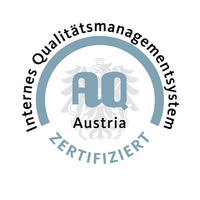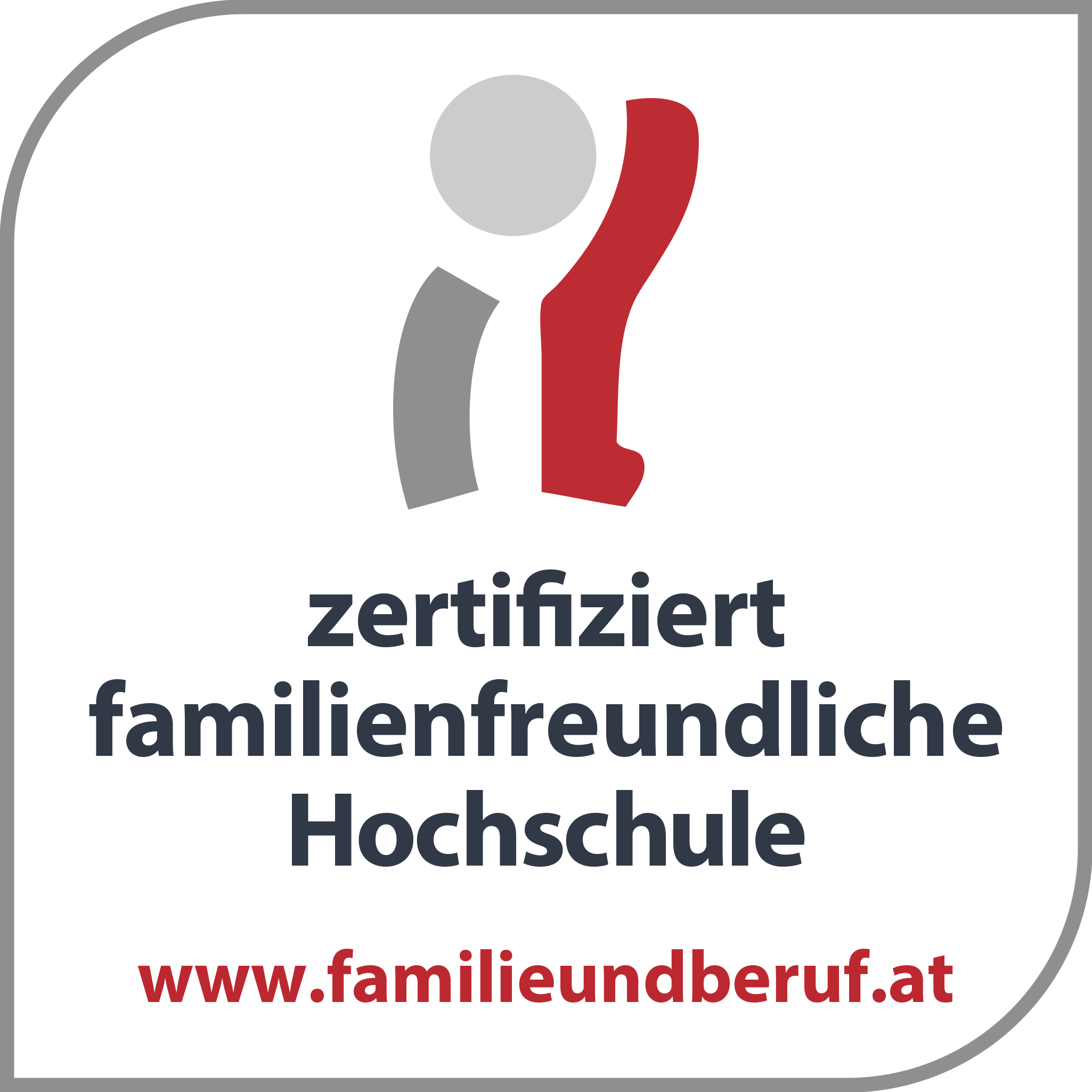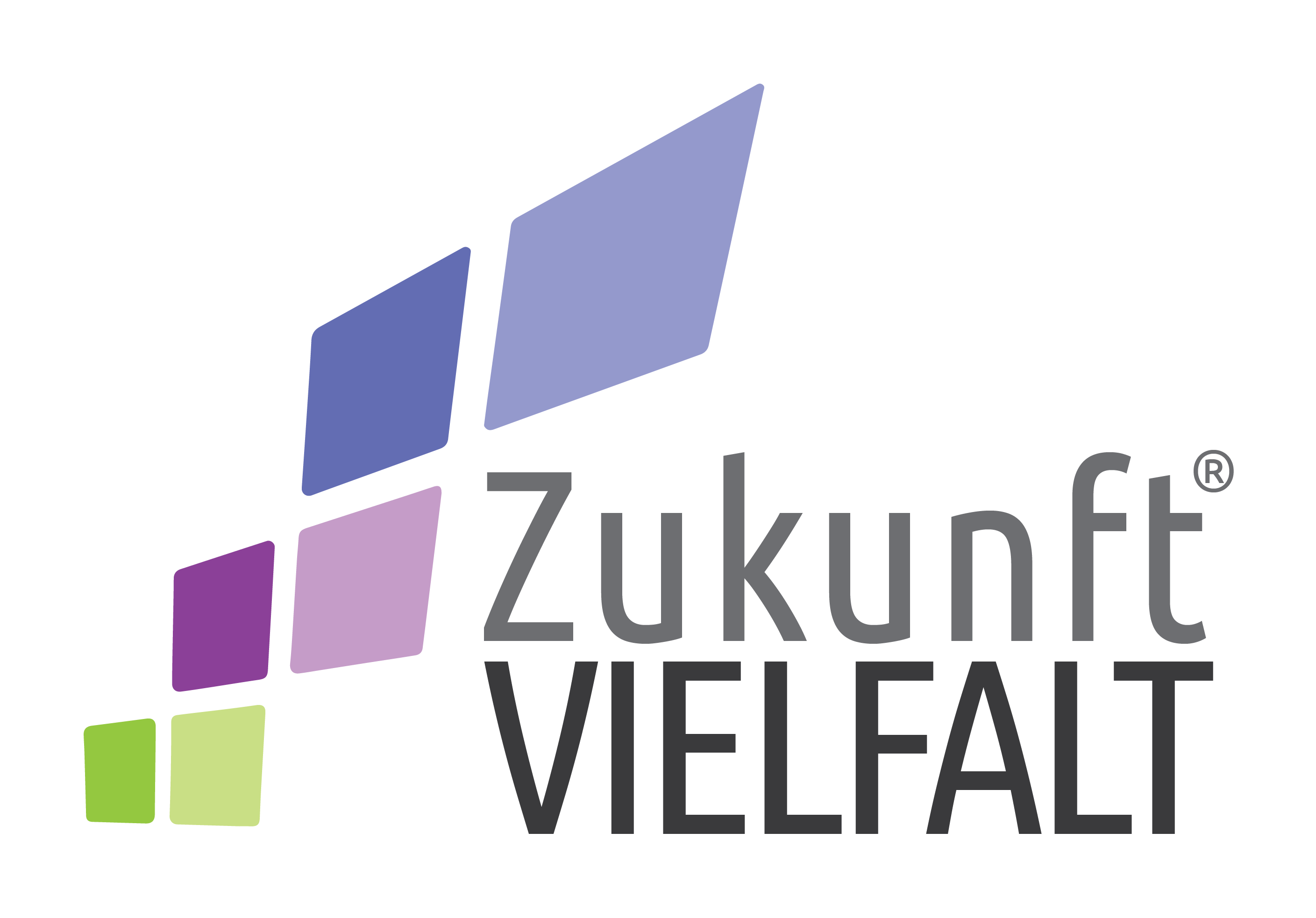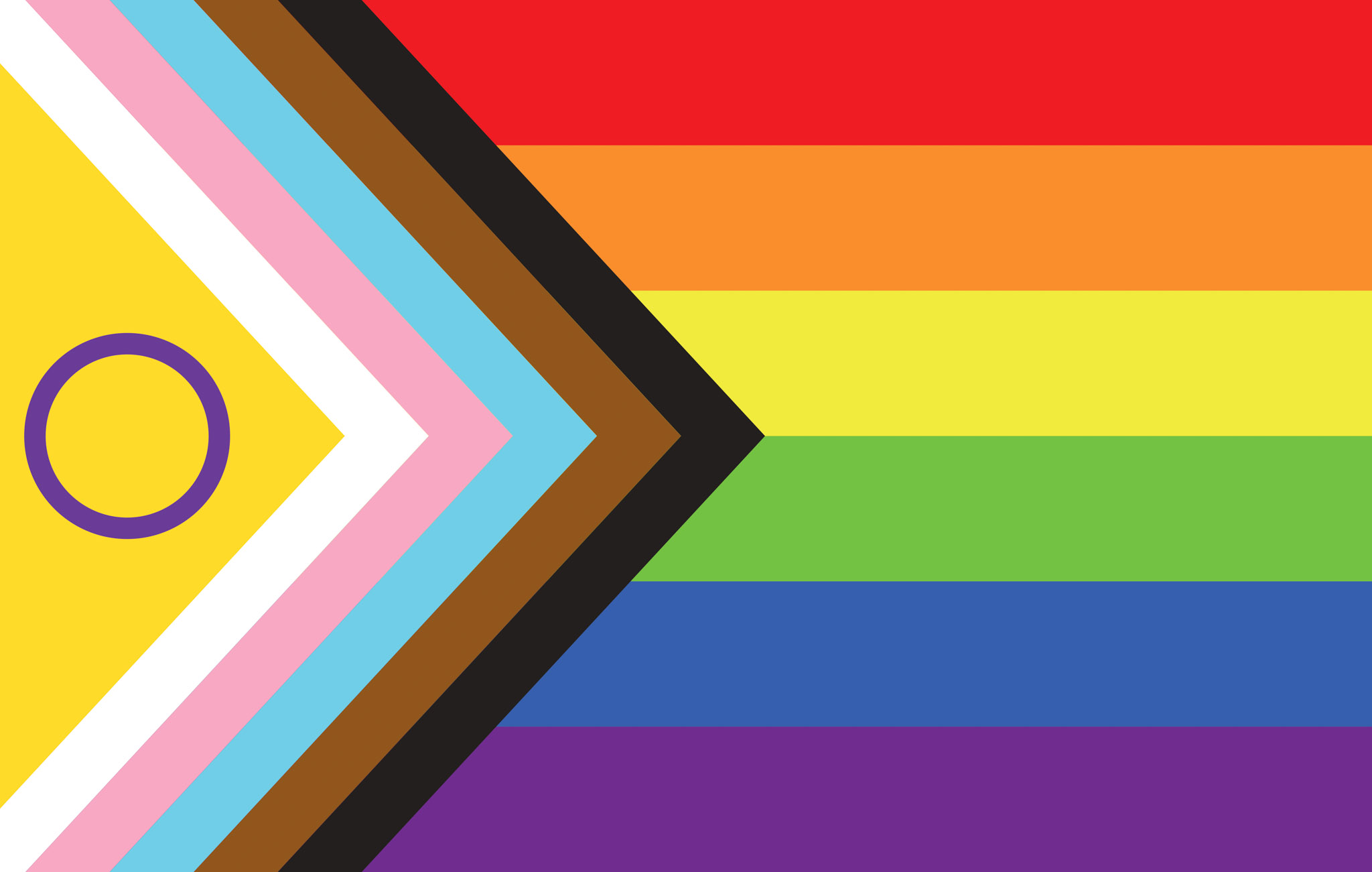- About the University of Salzburg
- University governance
- Faculties
- School of Education
- Focus areas
- Centres
- Inter-university institutions
- Administration and services
- University of Salzburg Business School
- Associations, boards and committees
The University of Salzburg boasts six faculties with 34 departments and around 90 degree programmes in digital and analytical, natural and life sciences, social sciences and cultural studies, law and economics, and theology. Almost 18,000 students are enrolled in bachelor’s, master’s and doctoral programmes here.
Founded in 1622 by Prince Archbishop Paris Lodron and re-established in 1962, today the University of Salzburg is the largest educational institution in Salzburg.
- Common areas for students
- Bus, train and bike
- Housing, job and children
- City, culture and food
- Additional offers of the University of Salzburg
In order to get the best out of your time in Salzburg, you are likely to consider other factors such as suitable accommodation, various food and sports options, interesting part-time jobs, and exciting events as well. We also support students with parenting responsibilities.
If you are one of our graduates but feel you don’t want to leave student life behind just yet, join our Alumni Club.
- Research at the University of Salzburg
- Research awards and prizes
- Career in research
- Together for our society
- Research funding
- Services and contact
The University of Salzburg is a research institution well established in both local and international networks. It is a high-profile institution boasting a diverse subject offer. Around 2,000 academics are responsible for shaping this profile through their excellent research work at the University of Salzburg.
Research-based teaching is one of the trademarks of the University of Salzburg. It combines the versatile research services with an excellent teaching offer for all students.
From the wide range of degree programmes to student services, important semester dates to studying abroad: you can find all the important information about studying at the PLUS here.
The taster offers for prospective students, “Studieren Probieren” and “Studieren Recherchieren”, allow secondary school leavers to find out more about entry procedures and preparations for university life.





